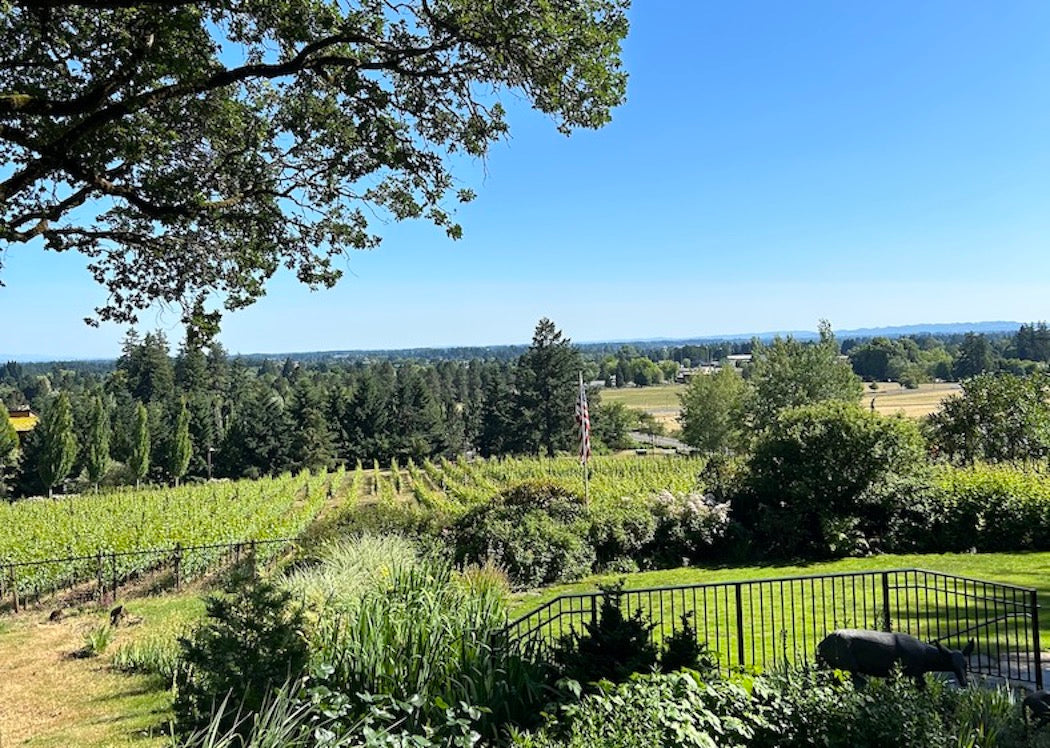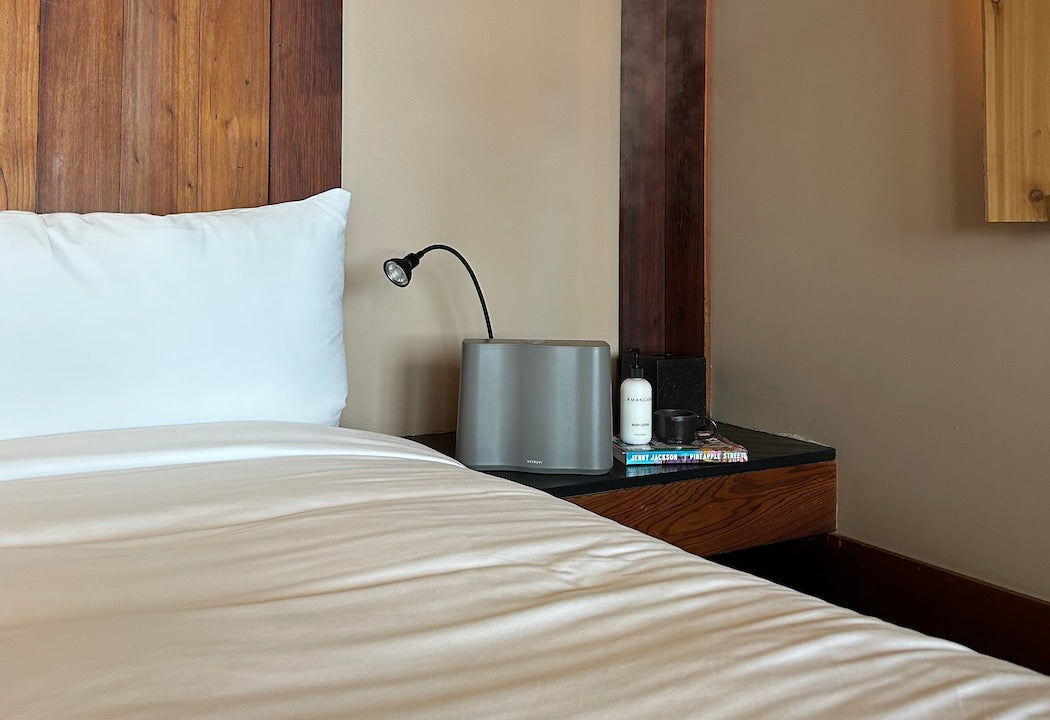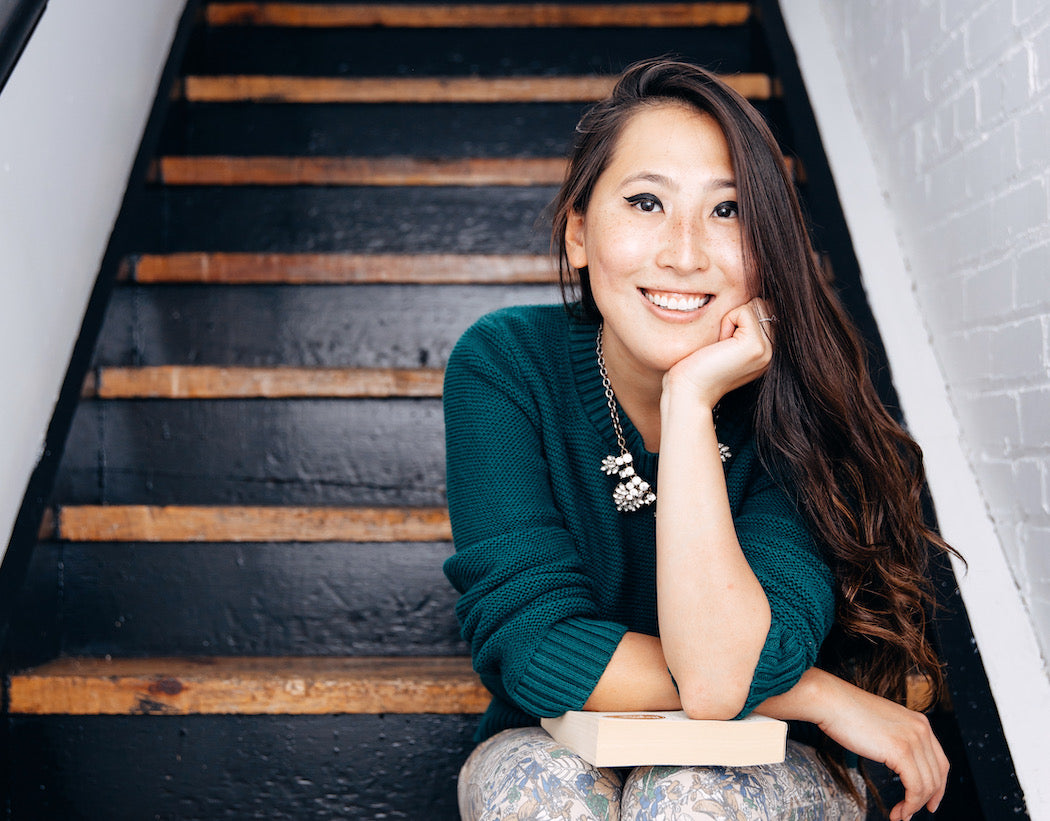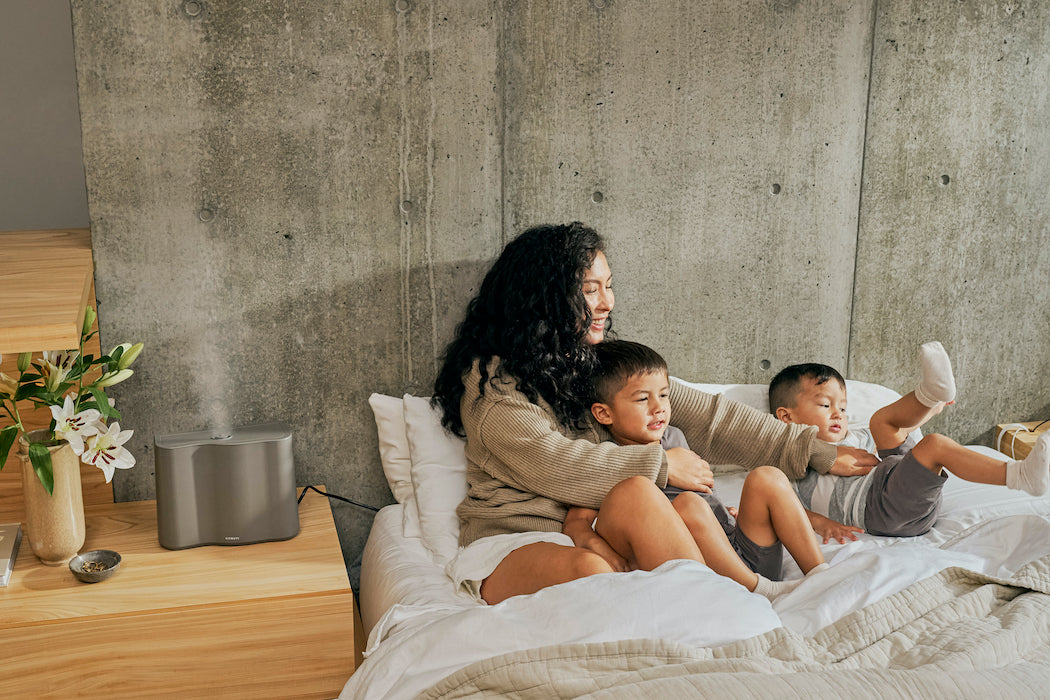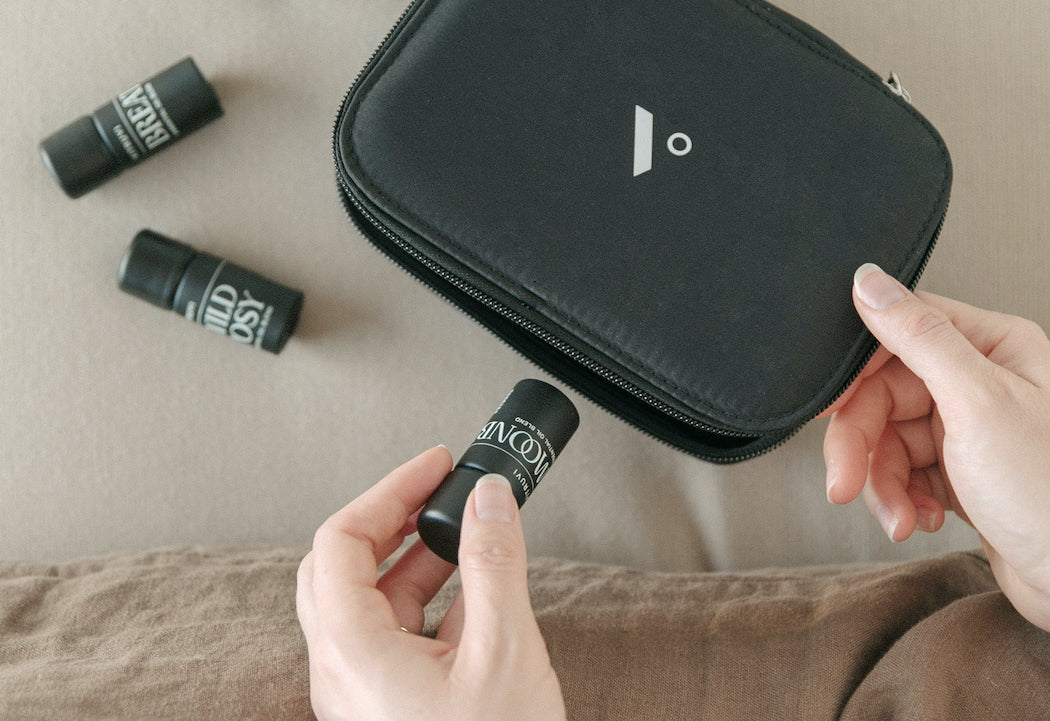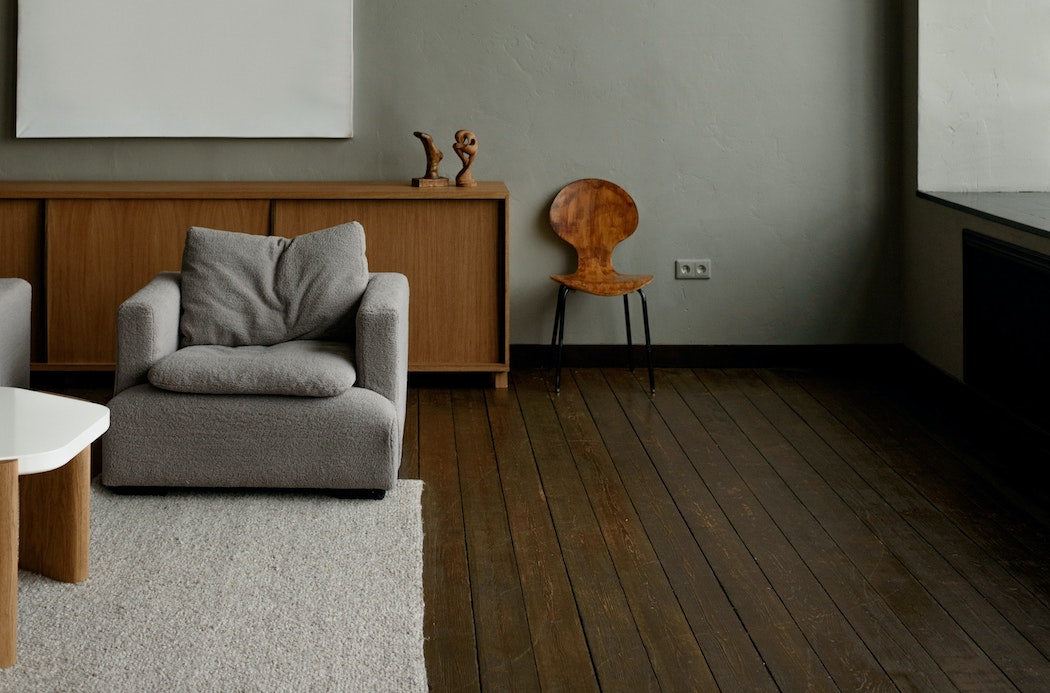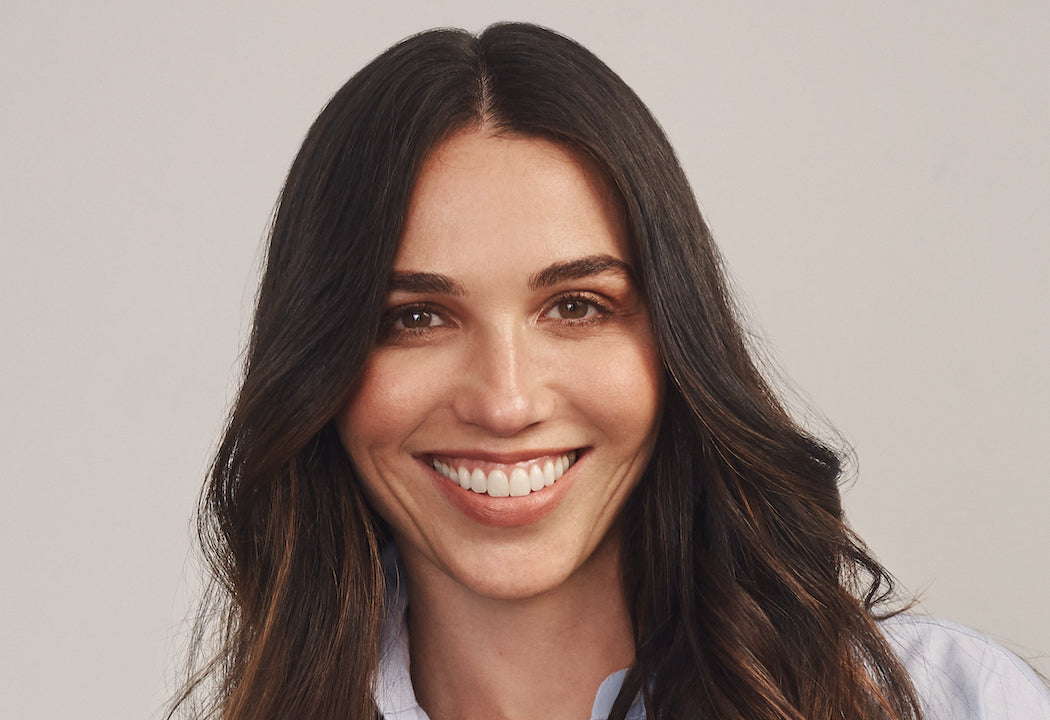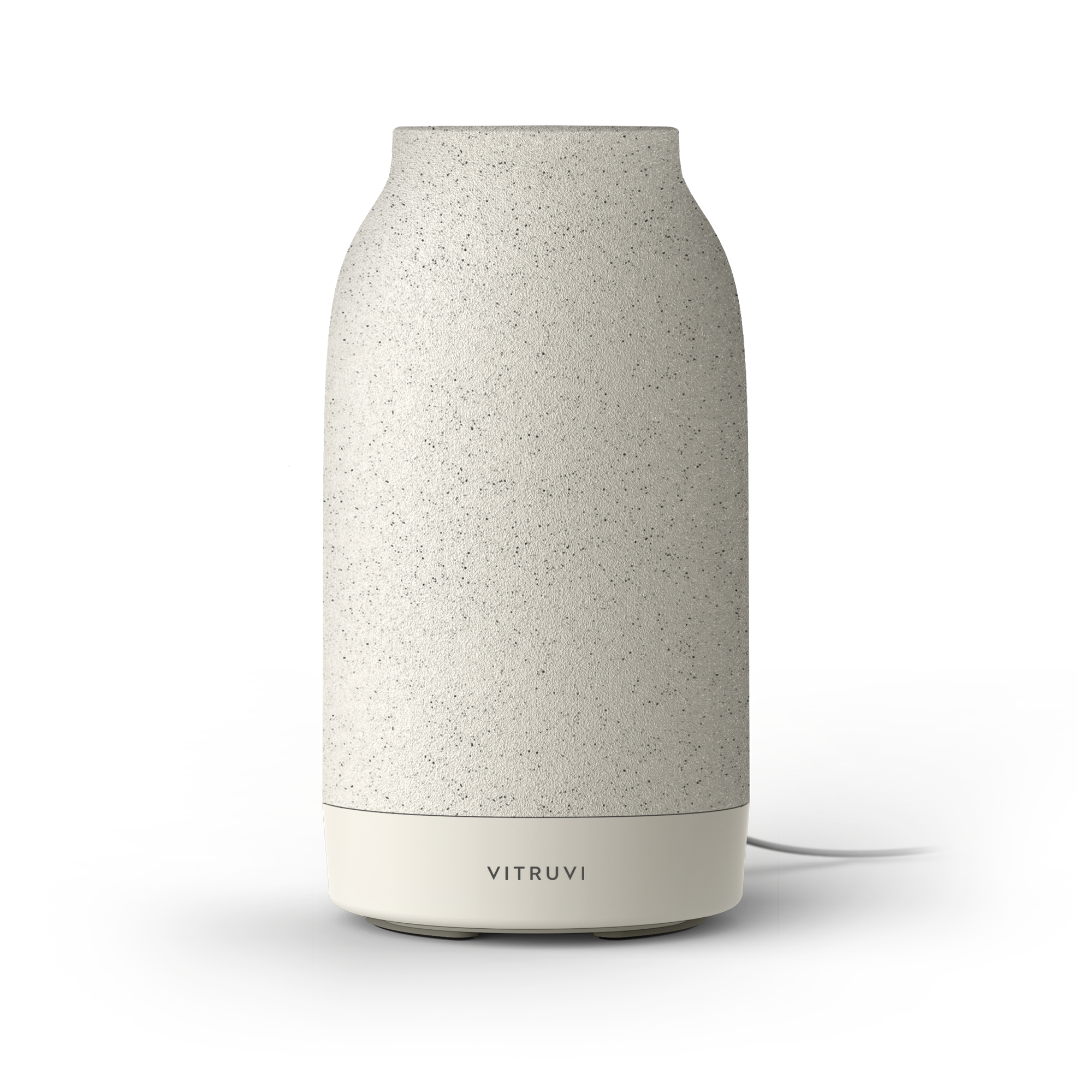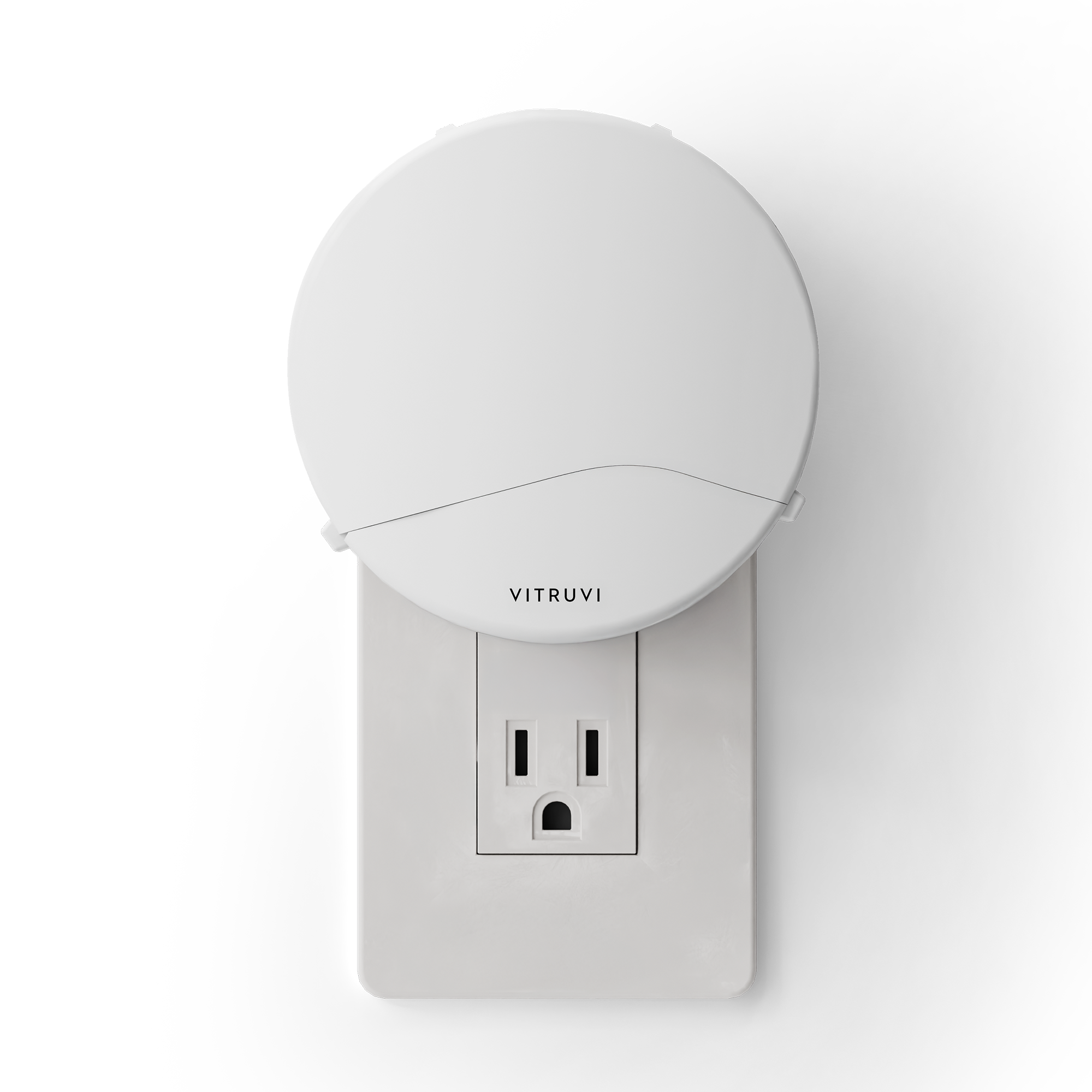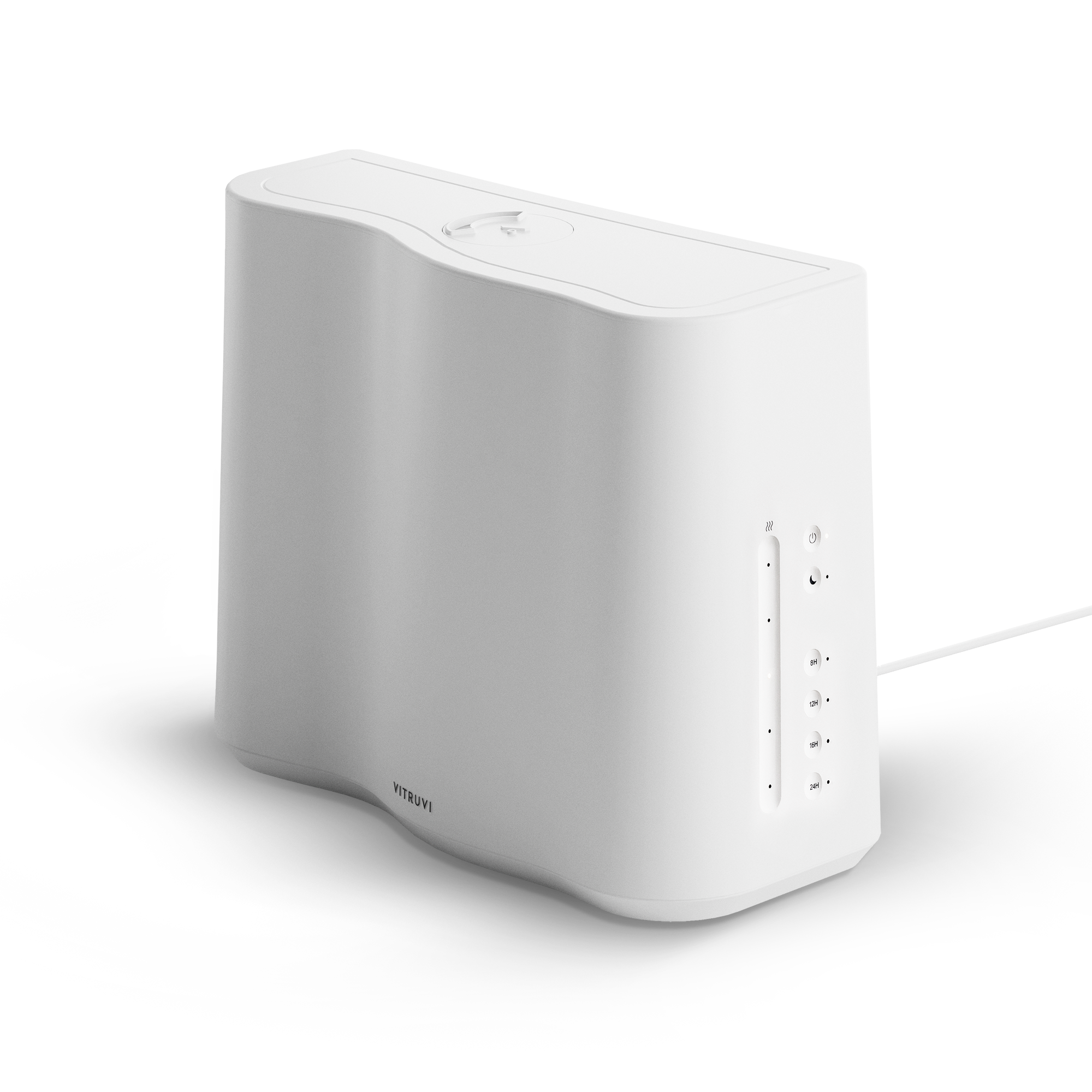Black Lives Matter (BLM) hit the nailhead on so many pertinent racial equity issues, while at the same time revealing a sharp edge on the side of our social framework as we knew it. Though BLM—as a movement, slogan, and rallying cry—has been around since 2013, the tragic death of George Floyd caused us to again address the many systematic monsters in our closet...this time with the presence of a multitude of social media apps.
Like the inboxes of so many Black creatives, mine initially became flooded with inquiries (both paid and unpaid). With a new influx of BIPOC-specific grants, it felt like, for the first time ever, my ideas—and Black stories in general—were valuable enough to invest in. As a filmmaker, I felt that I may actually have a chance at bringing original ideas to the screen; I was being spoken to with a level of respect and interest I’d never known before. It was because of BLM spreading like a wildfire, spilling into every app and nearly every post, that I was afforded many new opportunities.
Such was also the case for musician Mauvey. “Since my career started, I’ve been consistent in my mission to distribute love; the pressure, however, during this time, felt enormous,” he says. “I was successful in multiple grant applications and received opportunities to play on radio and be a voice in interviews and podcasts. My online following did increase as a result ... I have continued to increase my following throughout the months following the height of the BLM movement. The grants I received continued to support me and my projects. I have been blessed beyond belief by champions on radio and people online.”
As a model, I worked more than I ever had previously, and checked off so many bucket-list achievements that I will be forever grateful for: I became the face of large campaigns and commercials, with pictures of me even ending up on a few storefronts and billboards. Still, these systems I worked within rarely incorporated members of the Black community outside of visual representation. On the one hand, I feel so fortunate to have been given new opportunities, but on the other hand, I feel like we as a collective society have so much more to do.
It’s a sentiment that DJ Floetic feels, too. For him, the BLM movement didn’t make any astronomical changes in his career, but it did give him the opportunity to voice his opinion and share his own personal experiences. “I still retained the same clients, and although the pandemic surely slowed down my industry, I do not feel the movement would have changed anything,” he says, though he does acknowledge that he was able to be part of various panel discussions about the struggles of being a BIPOC artist. In his eyes, it is possible for digital social movements like BLM to create change that sticks—we just have to be mindful about the messaging behind them. “Social media [movements] like BLM reach a wide audience and help get pertinent information out to the masses in order to educate our community,” he reflects. “However, I am a firm believer that in order for long-term change to happen, we need to see a mixture of positive reinforcement along with the bad.”
For I’m an Adult, Now What? podcast host, actor, and model Jade Pattenden, the digital output of BLM as a social movement is really just the first word in the long conversation about racial equity. “I view social media movements such as BLM as a spark to a potential long-term and sustainable change,” she says. “The only way this spark becomes long-term is if the users of social media actually apply themselves in real life to create the necessary change. That could be by advocating for policies that help those that are oppressed, assessing personal biases, or having tough conversations with loved ones or coworkers that hold prejudiced views. Without the real life work, the online movement loses its credibility.”
So how do we maintain this credibility and ensure that digital social movements help the people they set out to—not just for a trending moment, but for the foreseeable future? Here are a few things to keep in mind (and while they are specific to BLM, they can also be used as a starting point for the equity of other oppressed groups).
What not to do: constantly share trauma on social media without the presence of joy
“I feel that not only showing when something is wrong would help the movement quite a bit. Showing the successes of Black people along with the struggle is key. Personally, there are a few BLM-type accounts that I follow, and all we see are the cops abusing their power or people being treated wrong—which is extremely important, as we need to know what is going on in our communities—but I feel an overload of this type of content is also damaging,” Floetic says. “As a Black man in North America, to see this type of content all the time gives you a sense of doubt and sadness. So I strongly feel that these images coupled with some positive imagery is key for us to grow as a community.”
What to do instead: be mindful of what you post and its potential effect
Focus on Black joy and providing space for Black voices. Ensure that content is informed; if you want to share something that could be potentially traumatic or trauma-inducing on social media, make sure to include a trigger warning, ideally with a slide beforehand that blocks out harmful visuals or words. And even before doing that, make sure to ask yourself if it is absolutely necessary to post this content, or if there is a call to action that you can share instead.
What not to do: share visuals without a call to action
“There is nothing wrong with digital social movements—they can be very powerful—I just believe that there has to be a real life human element. When people can come together in community, unite in their commonalities and communicate through their differences without the internet as a buffer, I think movements can achieve lasting results,” says Mauvey. “I think the digital element of movements like BLM are only part of the story. Although the internet plays a significant role in modern times, meaningful, systemic change, in my opinion, happens when screens are removed and real-life, human, face-to-face contact can take center stage.”
What to do instead: think beyond visual support
Understand that visual representation is only a small piece of the equity pie, and that structural changes must be addressed in order to create long-term, sustainable impact. A small way to do this could be pairing visual representation with spotlights that celebrate people, businesses, or stories. Or this could be ensuring you give consistent paid opportunities to members of the Black community, or implementing diversity hiring mandates within your business.
What not to do: use Black culture and people as a marketing tool without including the input of Black voices and perspectives
Participating in so many big shoots felt like a dream come true for me in my modeling career. However, despite being paraded around (sometimes, honestly, feeling like an equity mascot with the “perfect” Black hair), the celebration was so often not led by or in the presence of other Black creatives—be they stylists, makeup artists, photographers, creative directors, assistants, or co-creators. In my personal experience, the lack of Black creatives on set resulted in a very tangible outcome: severe damage to my hair. I ended up having to cut a lot of it off.
What to do instead: include Black people when creating visuals for movements (and campaigns in general)
While no single Black person can speak for the community at large, it’s important to involve the Black perspective when speaking on Black issues, so that we accurately depict the Black experience and ensure we are not perpetrating harmful stereotypes. When constructing visuals, it’s so incredibly important to make sure that Black creators are getting the support they need to thrive; hiring Black makeup artists and hairstylists or professionals that have a considerable amount of experience working with a multitude of skin tones and hair types, for example, not only helps people feel supported and confident, but will ensure that hair is healthy and protected long after the shoot is over. Even beyond movement-specific campaigns, hire Black creatives for your shoots. They are talented.
While digital movements can generate a positive impact, sometimes the smoke-and-mirror trend culture of social media fails to sustainably enact meaningful, systematic, lasting change. Still, while we’re not nearly healed, there is hope for us yet.

